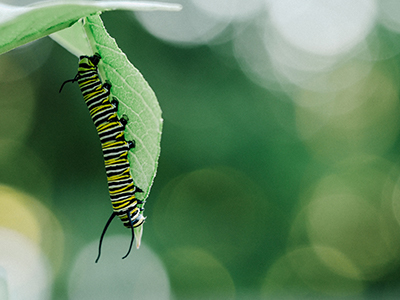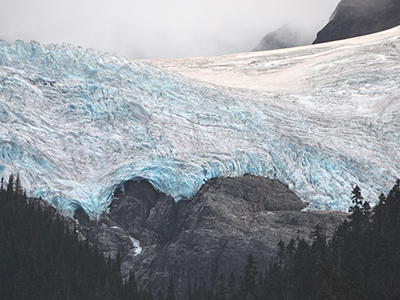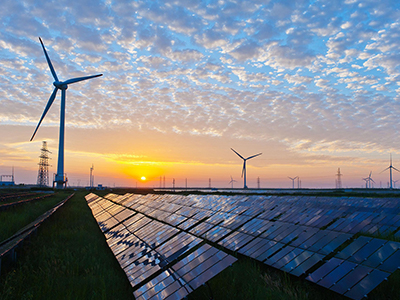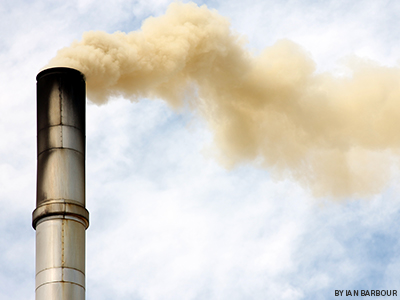Four Reasons to Become an Environmental Statistician Now
April 21, 2016
The environment is the perfect playground for statisticians. The natural world exists upon intricate systems with natural variations that are fraught with uncertainty and randomness. Complex questions arise within all Earth’s systems that need statisticians from diverse disciplines to tackle them. Statisticians provide critical insight about the environment to help make our world a safer place.
Understand Organisms in Ecology

Statisticians in ecology study the relationships between organisms and their environments to predict changes in those relationships. They create models to quantify and explain variability in all areas, from microscopic biological systems to entire ecosystems. A few critical concerns in the world of ecology today are the biodiversity crisis, the effects of pollution, and the potential effects of global climate change on ecosystems. The perspectives that statistical analysis can provide are vital to understanding these issues, as they exist currently, as well as projecting the future.
Predict Climate Change

Climate change study is a statistician’s gold mine unto itself. Earth’s climate is vastly complex, including layers of variables both natural and man-made. Climate scientists must carefully measure and model Earth’s current circumstances before beginning to create future projections. There are tremendous opportunities for statisticians to contribute here. From analyzing current conditions, to spatial analysis, to projecting the future, these are all crucial statistical components to climate research. The work from climate statisticians ultimately educates decision-makers in Washington, who determine how our nation handles the global climate change.
Evaluate Natural Resources

Natural resource statisticians work closely with government and independent organizations to systematically survey and manage natural resources. Organizations such as the U.S. Forest Service, the U.S. Environmental Protection Agency, the U.S. Department of Agriculture, and the National Ecological Observatory Network depend on the results from statistical surveys. Statisticians provide key insights that inform policies on issues like conservation, alternative energy and resources and climate change.
Improve Pollution Standards

Statisticians who work closely with environmental scientists to regulate pollution standards make meaningful change by improving environmental and human health. Statisticians play a critical role in measuring and analyzing data from the earth’s atmosphere, water and soil systems. The insights learned from statistical methods help develop efficient and safe systems for offsetting the impact of pollution in the environment.
Related Posts

Hindsight Is 2023 for Former Statistics and Data Science Students
It’s back-to-school season! Gear up for the upcoming semester and consider diving into the captivating world of statistics and data science. Looking for diverse job opportunities that span across every industry? Look no further! With a variety of graduate programs and jobs, now is a great time for students to become data scientists and statisticians….

Elizabeth J. Kelly: “Statistics is for Adrenaline Junkies”
Elizabeth J. Kelly has always loved math, and as a professional statistician at Los Alamos National Laboratory (LANL) and a recreational rock climber, Elizabeth is an avid thrill-seeker who enjoys a challenge. “Math reminds me of climbing, including the need to focus, problem solve and persevere. I guess I ended up in statistics because I…

